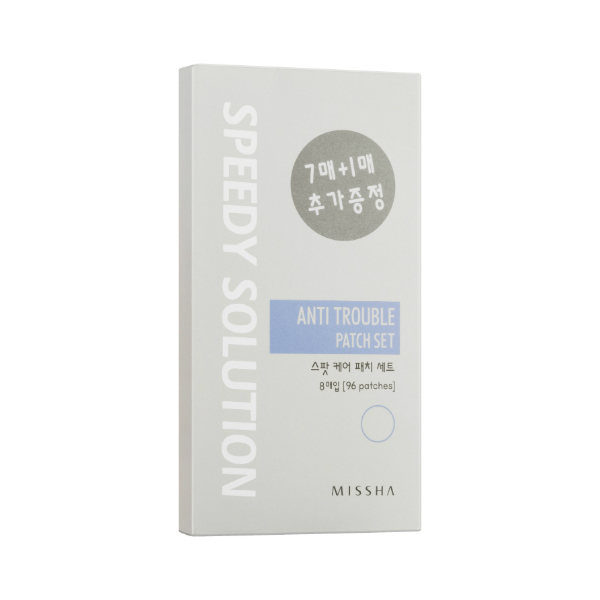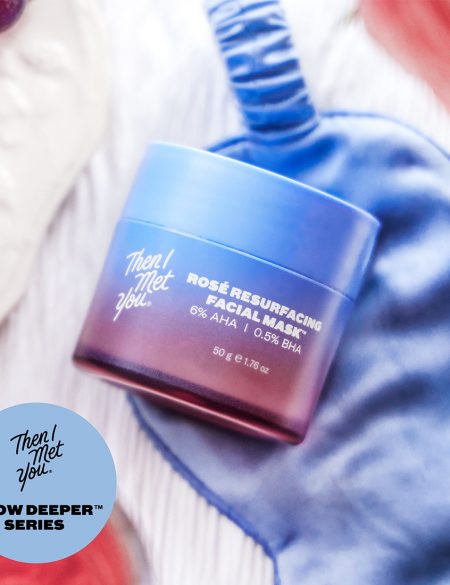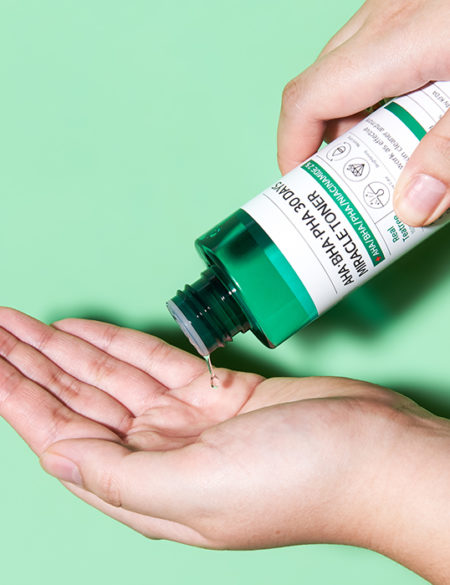Why are salicylic acne products so good? Since it’s really easy to become overwhelmed when searching for a new product, Ingredient Spotlight is here to break down the basics. Here we’ll teach you how an ingredient works and leave you with product recommendations to help you with your search.
In the world of skin care superheroes, salicylic acid is the arch nemesis of Evil Acne. It’s an icon in the fight against zits, so much so that we can almost guarantee that you’ve slapped it on an unflattering splotch at one point or another. But while it’s been busy fending off blemishes with its superpowers, most of us don’t know how exactly it earns that “S” on its chest. Well wonder no more, here’s everything you need to know about this beloved complexion savior.
What is salicylic acid?
On top of being an acne-fighting mainstay, salicylic acid is also the best known beta hydroxy acid or BHA. Chances are you’ve heard of AHAs (alpha hydroxy acids) before with exfoliating products like peels: ingredients like glycolic or lactic acids. You can think of BHAs as one molecule to the left of AHAs, performing some of the same functions, but operating in slightly different ways.
How does it work?
Compared to AHAs, which help to break down the very top layers of skin where dead skin cells get stuck, BHAs work in the deeper layers of skin. See, the slight difference in molecular structure makes salicylic acid oil soluble, meaning that in addition to breaking down the “glue” that keeps those dead surface skin cells hanging on, salicylic acid can actually slip right into those pores where acne usually starts and break up the oil, dead cells, and gunk that causes so many skin issues in the first place.
That’s not the only key skin-clearing feature of salicylic acid, though. As an added bonus to its pore-purging properties, salicylic acid can also play a role in telling sebum production to chill out, leaving skin less oily, and can also fight inflammation with anti-inflammatory properties. It’s exfoliating powers keep skin looking bright and glow-y, and some doctors even suggest salicylic acid for dealing with persistent issues like dandruff.
How to use it:
Oily types, rejoice! When it comes to surface acne (those painful red bumps you have to restrain yourself from popping) salicylic acid reigns supreme. That deep-cleaning ability makes them an ideal zit-busting addition to your daily skin care routine but its pore-vacuum routine also works well on zits that have already formed. Try the Missha Speedy Solution Anti Trouble Patches as an overnight spot treatment, which combines a targeted dose of salicylic acid with a hydrocolloid patch that helps draw the gross stuff out and help spots heal faster.
Does salicylic acid work for everyone?
Because of the way salicylic acid functions, it’s a superstar at keeping blackheads, whiteheads, and surface acne at bay. Unfortunately, although it does have some bacteria-fighting prowess, it doesn’t bring as much to the party for cystic acne sufferers whose problems stem more from the dreaded P. acnes bacteria.
Likewise, because it works to zap oil, dry types and those with particularly sensitive skin can experience peeling, redness, and irritation. That doesn’t mean that SA is off-limits, it just means you may need to opt for a formulation that features a salicylate: an ingredient derived from salicylic acid, usually combined with another ingredient. These are generally milder and better tolerated by the sensitive set.
There are also some concerns about salicylic acid interfering with some medications or having negative effects for moms-to-be (frustrating when pregnancy brings acne in its wake, but don’t worry, we’ve got the scoop on safe ways to treat it), so make sure to check in with your doctor about potential interactions with any of your preexisting conditions. And, as with all acids, be especially careful about applying sunscreen when you’ve been using a salicylic acid acne regimen.















